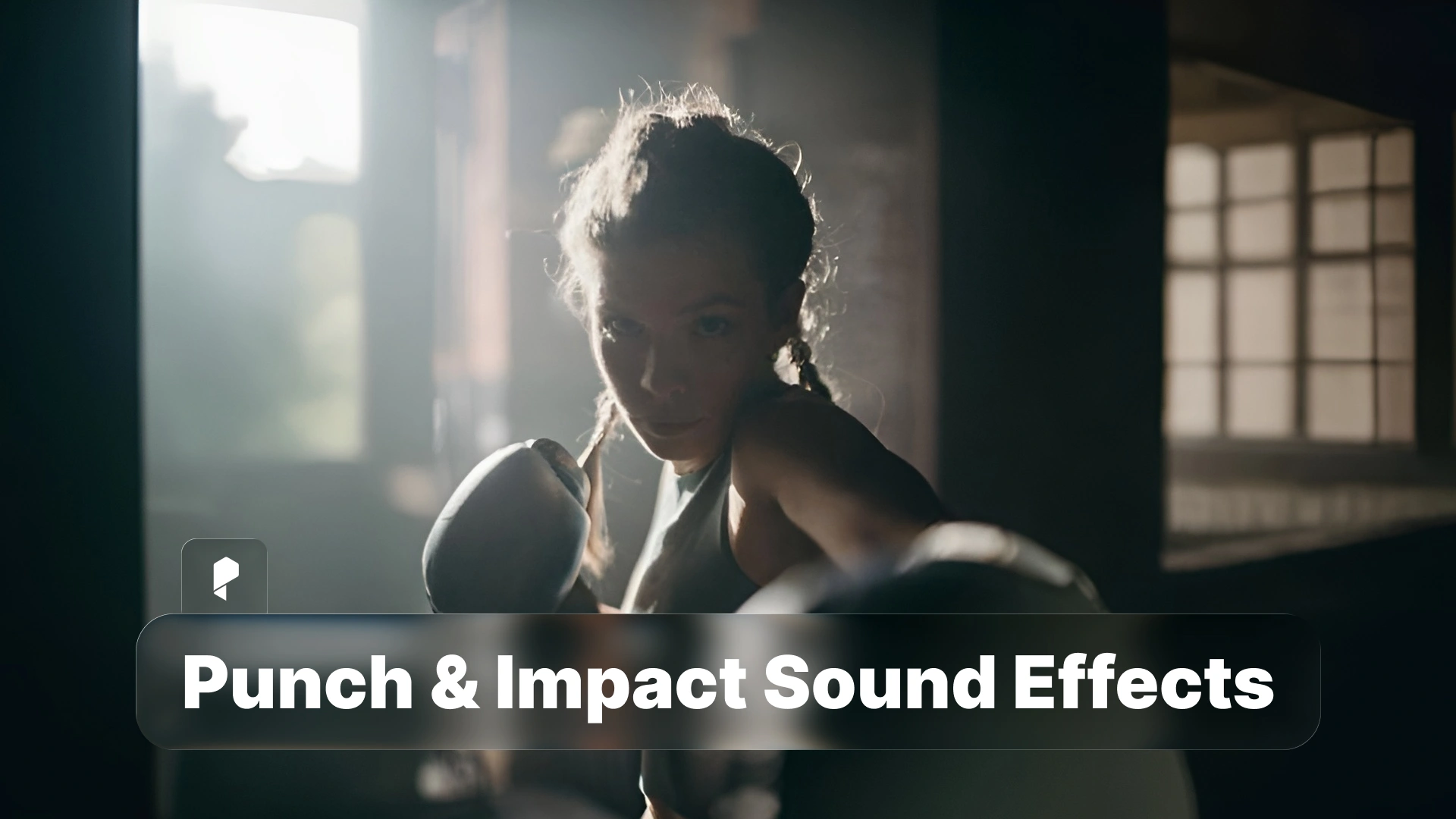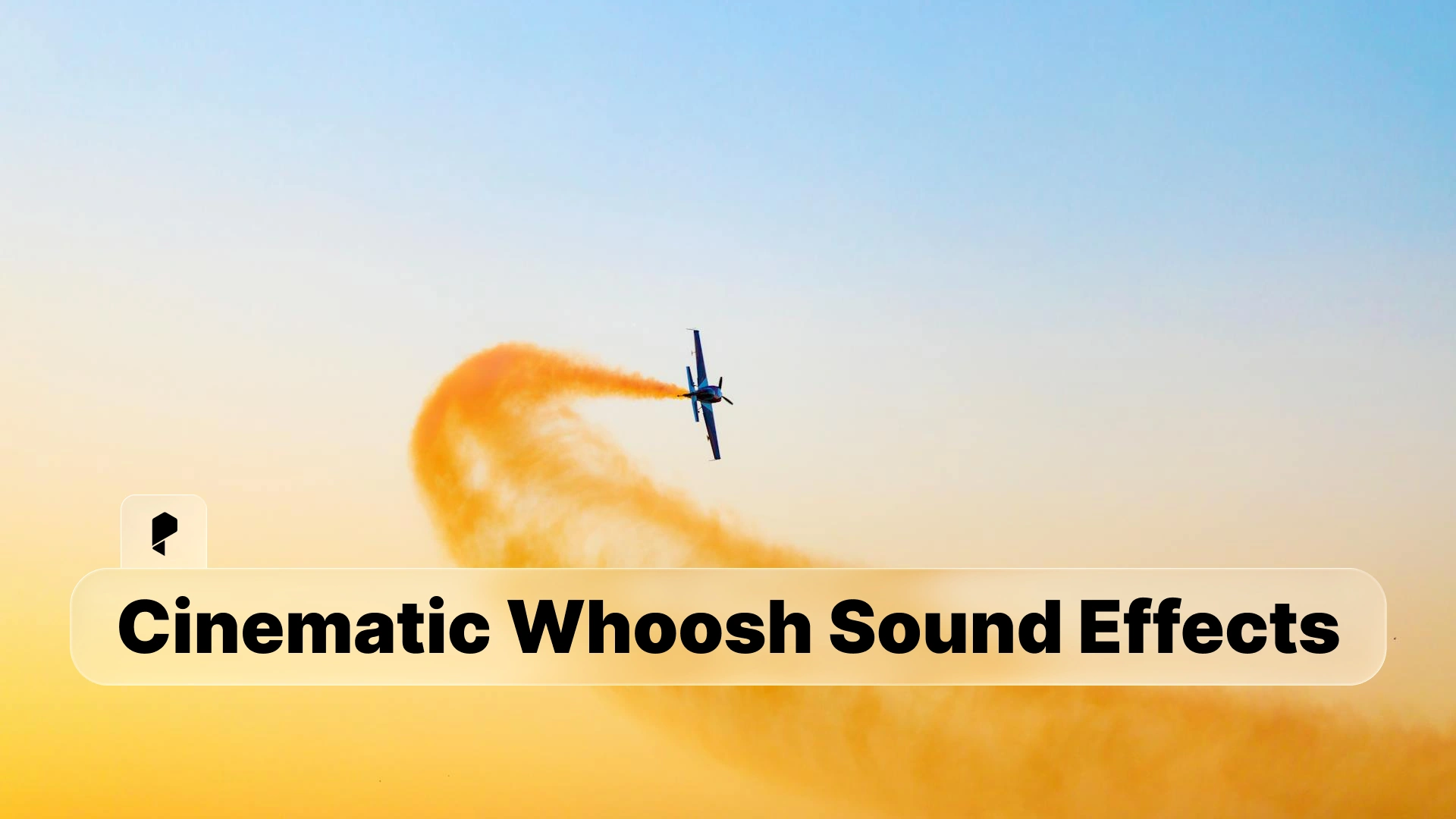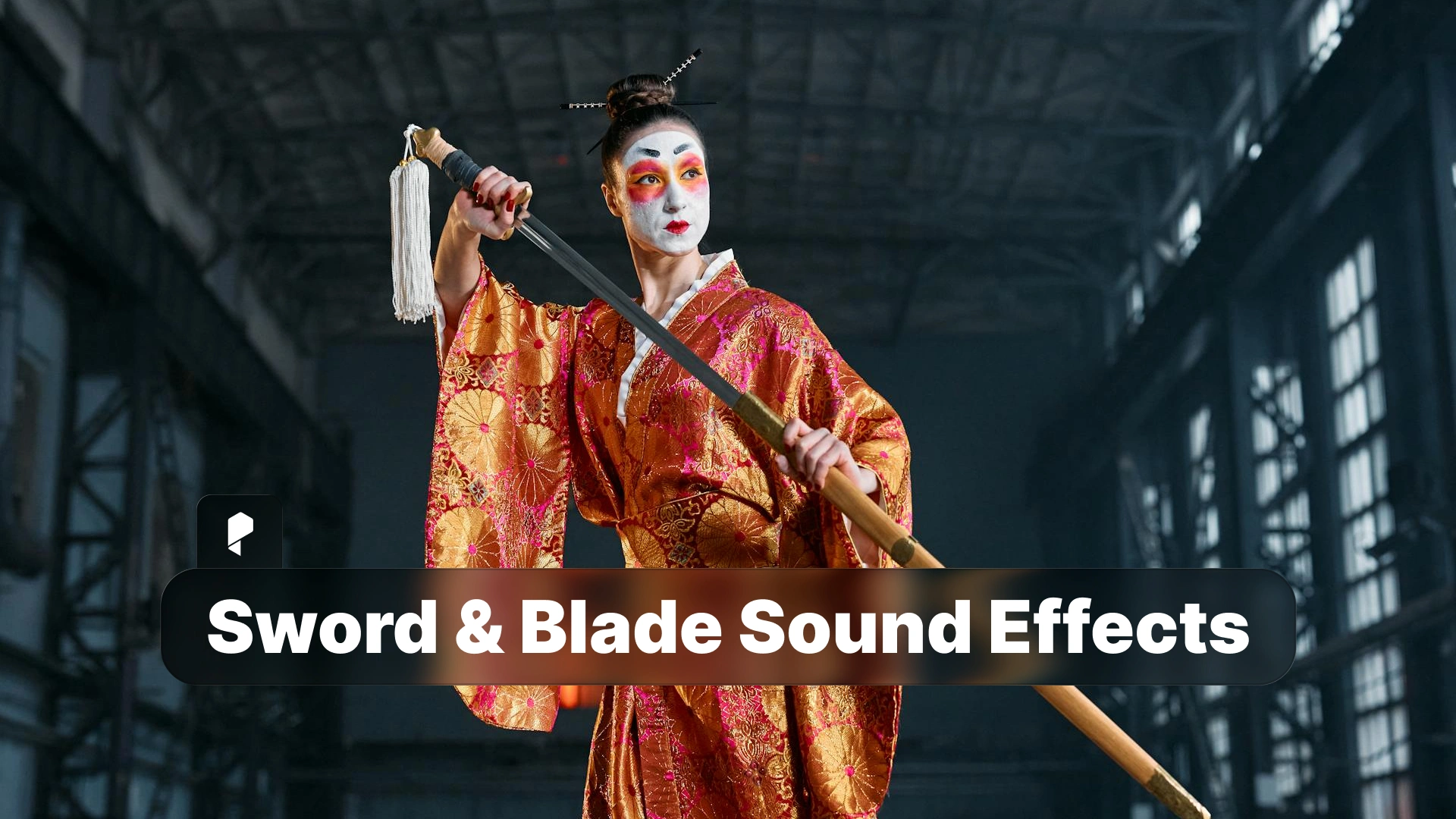Punch & Impact Sound Effects for Fight Scenes

Whether you’re editing a martial arts sequence, a superhero showdown, or a gritty street brawl, the right sound design can transform a mediocre fight scene into something truly memorable. In this guide, we’ll explore everything you need to know about selecting, layering, and implementing punch and impact sound effects that pack a real wallop.
Understanding Punch Sound Effects
The Anatomy of a Punch Sound
A convincing punch sound effect typically consists of three core elements working together. The initial impact provides the sharp attack that catches the viewer’s attention, usually featuring a crisp, percussive quality. The body resonance adds weight and realism, giving the punch physical presence through low-frequency content. Finally, the tail or decay creates space and context, letting the impact breathe and settle into the scene.
When these three elements combine effectively, they create a punch sound that feels both realistic and cinematically satisfying.
Real vs Cinematic Punch Sounds
Here’s the truth: real punches sound nothing like movie punches. An actual fist hitting flesh produces a relatively quiet, dull thump. It lacks the clarity, definition, and dramatic impact that audiences expect from visual media.
Cinematic punch sounds, by contrast, are heavily designed and exaggerated. They often combine multiple source materials like leather impacts, baseball bat hits, raw meat slaps, and even vegetable smashes. This layering creates a sound that feels “more real than real” by matching the visual intensity of choreographed fight scenes.
Why Exaggeration Works in Film
Audiences don’t come to fight scenes for documentary realism. They want to feel the power, pain, and intensity of each blow. Exaggerated sound design bridges the gap between what we see and what we emotionally experience. When a hero lands that knockout punch, the sound needs to match the triumphant visual moment, even if it means straying far from acoustic reality.
The best fight sound designers understand this psychological contract with the audience and use it to amplify emotional storytelling. If you’re looking to create or source these kinds of impactful sounds, Pixflow’s AI SFX library offers both pre-made options and AI-generation tools to craft custom punch effects tailored to your specific scenes.
Types of Impact Sound Effects
Punch Sounds
Traditional punch sounds are your bread-and-butter fight effects. They range from light jabs to devastating haymakers, with variations in tone, attack speed, and weight. Closed-fist impacts tend to have more low-end thump, while finger-strike effects might emphasize sharper high-frequency content.
Slap Sounds
Slap sound effects bring a different character to fight scenes. They feature more high-frequency content and snap, making them perfect for open-hand strikes, face hits, or comedic moments. The sharp crack of a slap can add humiliation or emphasis that a regular punch sound can’t provide.
Body Hits
When a punch connects with a torso, ribs, or stomach, it needs a different sonic character than a face punch. Body hit effects typically feature deeper, more hollow tones with less crack and more thud. They often benefit from subtle air expulsion sounds to suggest the wind being knocked out of someone.
Kick Impacts
Kicks carry more mass and follow-through than punches, so their impact sounds should reflect that increased force. Kick effects often include more low-end rumble and longer decay. They might also incorporate clothing rustle or shoe material textures depending on the fighting style.
Bone-Breaking Sounds
For those moments when the fight turns particularly brutal, bone-breaking sounds add a visceral quality that makes audiences wince. These effects typically combine snap, crunch, and splinter elements. Use them sparingly for maximum impact, as overuse quickly desensitizes your audience.
Professional Impact Sound Effects








Creating Effective Fight Scene Audio
Layering Multiple Impacts
Professional fight sound design rarely uses a single punch sound in isolation. Instead, designers layer two, three, or even four different impact sounds to create depth and complexity.
A typical punch might combine a sharp slap for attack, a meaty thud for body weight, and a subtle crunch for texture. Each layer serves a specific purpose, and together they create a more believable and satisfying impact than any single sound could achieve alone.
When layering, pay attention to frequency distribution. Your layers should complement each other across the spectrum rather than competing for the same sonic space. Keep your brightest, sharpest elements in the high frequencies, your weight and power in the mids and low-mids, and your rumble and depth in the sub-bass range.
Adding Whoosh for Movement
Impact sounds tell only half the story. The whoosh of movement before the hit creates anticipation and sells the speed and force of the attack. These transition and movement sounds are just as critical as the impacts themselves.
A punch without a preceding whoosh feels static and lifeless. The whoosh creates the sense of air displacement and velocity, preparing the audience’s ear for the impact to come. For more on effective movement sounds, check out our guide on Creating Dynamic Transitions with Whoosh Sounds.
Synchronization with Choreography
Timing is everything in fight sound design. Your impacts must align precisely with the visual contact points, typically landing one or two frames before the visual peak of impact to account for perceptual latency.
Watch the fight choreography frame by frame. Note every point of contact: fists, feet, bodies, faces. Each visible impact deserves its own sound, but not every impact should have the same intensity. Vary your sound selection and volume to match the visual force and importance of each hit.
Varying Intensity
One of the most common mistakes in fight sound design is using the same punch sound repeatedly at the same volume level. This creates monotony and reduces impact. Real fights have rhythm and dynamics, with lighter connecting blows punctuated by devastating strikes.
Create a palette of punch sounds at different intensity levels: light, medium, heavy, and critical. Use your light and medium punches for the bulk of the fight, saving your heavy impacts for climactic moments. This dynamic variation keeps the audience engaged and makes your big moments land harder.
Professional Fight Sound Effects







Genre-Specific Approaches
Realistic Fight Scenes
For grounded, realistic fight scenes in dramas or crime thrillers, restraint is key. Your impacts should still be clear and audible, but they shouldn’t feel overly designed or cartoonish.
Focus on authentic source materials: real body impacts, genuine clothing movement, and believable environmental acoustics. Keep your layering subtle, and resist the urge to add too much low-end enhancement. The goal is to support the reality of the scene rather than call attention to the sound design itself.
Martial Arts Films
Martial arts cinema has its own sonic language, heavily influenced by classic Hong Kong action cinema. These films often embrace stylization, with crisp, sharp impacts that emphasize technique and speed.
Martial arts sound design typically features tighter, more percussive punch sounds with prominent high-frequency content. The whooshes are exaggerated to showcase the speed and skill of the fighters. Don’t be afraid to lean into these genre conventions, as audiences expect and appreciate them in this context.
Comic Book Action
Superhero and comic book fight scenes operate in a heightened reality where impacts need to feel larger than life. These fights often feature enhanced humans or beings with extraordinary strength, so the sound design should reflect that superhuman power.
Go bigger with your low-end, longer with your tails, and more complex with your layering. Add rumble, distortion, or even subtle sub-bass elements to suggest forces beyond normal human capability. Pixflow’s AI SFX generator can help you create these custom, over-the-top impact sounds that match the epic scale of superhero battles. You can also use Pixflow’s SFX library if you don’t want to use AI for it.
Comedic Fights
Comedy fight scenes flip the script entirely, often using intentionally inappropriate or exaggerated sounds for humorous effect. A gentle tap might get a massive impact sound, while a devastating blow might produce a silly squeak.
Play with unexpected sound sources: cartoon effects, musical stingers, or absurdly overblown impacts. The key is finding the right balance between undercutting and supporting the comedy. Your sound choices should enhance the jokes without overwhelming them.
Professional Fight Sound Effects







Where to Find Impact Sound Effects
Professional Libraries
Commercial sound effects libraries offer high-quality, professionally recorded impact sounds. Look for libraries that provide multiple variations of each impact type, recorded at different intensities and with various mic perspectives.
Professional libraries save time and ensure consistent quality, making them worthwhile investments for serious editors and sound designers. They typically offer clean, well-edited sounds ready to drop into your projects.
AI-Generated Custom Impacts
Modern AI sound generation tools have revolutionized how we create custom sound effects. Instead of spending hours recording and editing, you can now describe the exact impact sound you need and generate it in seconds.
Pixflow’s AI SFX tool offers both a curated library of impact sounds and an AI generator that creates custom effects from text descriptions. This flexibility lets you quickly iterate on sounds until you find the perfect impact for each moment in your fight scene. The library includes categories specifically for cinematic impacts, punches, and weapon sounds.
Creating Custom Impacts
Sometimes the best impact sounds come from creative DIY recording. Experiment with hitting different materials: leather jackets, raw chicken, watermelons, phone books, and cushions. Each material produces unique tonal characteristics that might be perfect for your specific needs.
Layer your custom recordings with professional library sounds for hybrid effects that offer both uniqueness and polish. Don’t be afraid to pitch-shift, time-stretch, or otherwise process your recordings to achieve the desired result.
Professional Cinematic Sound Effects







Movement whooshes, clothing rustles, footsteps, breathing, grunts, and environmental reactions all contribute to the overall sonic picture. Each element supports the others, creating a cohesive audio experience that pulls the audience into the action.
For fight scenes involving weapons, you’ll want to expand your library to include blade impacts, metal clangs, and cutting sounds. Our guide on Sword & Blade Sound Effects for Action Videos covers weapon-specific audio in depth.
Don’t forget about the crucial transition sounds that connect your fight moments together. Effective whoosh effects bridge the gaps between impacts and create sonic continuity throughout the sequence. Explore our Complete Guide to Cinematic & Action Sound Effects for the full coverage of this topic.
Professional Blade Sound Effects








Conclusion
Remember that the best fight sound design serves the story first. Your impacts should amplify the emotional beats of the scene, support character relationships, and guide audience attention to the moments that matter most. Technical perfection means nothing if it doesn’t serve the narrative.
Start building your impact library today, experiment with layering and timing, and don’t be afraid to push sounds to extremes when the scene calls for it. With practice and the right tools, you’ll develop an instinct for what each fight moment needs to truly sing.
Ready to elevate your fight scene audio? Explore Pixflow’s AI SFX library for professional-quality punch and impact sounds, or use the AI generator to create custom effects perfectly tailored to your unique action sequences.





